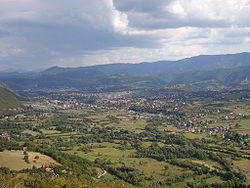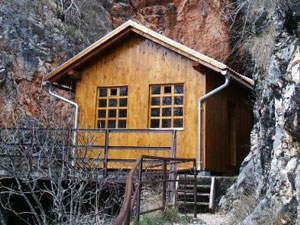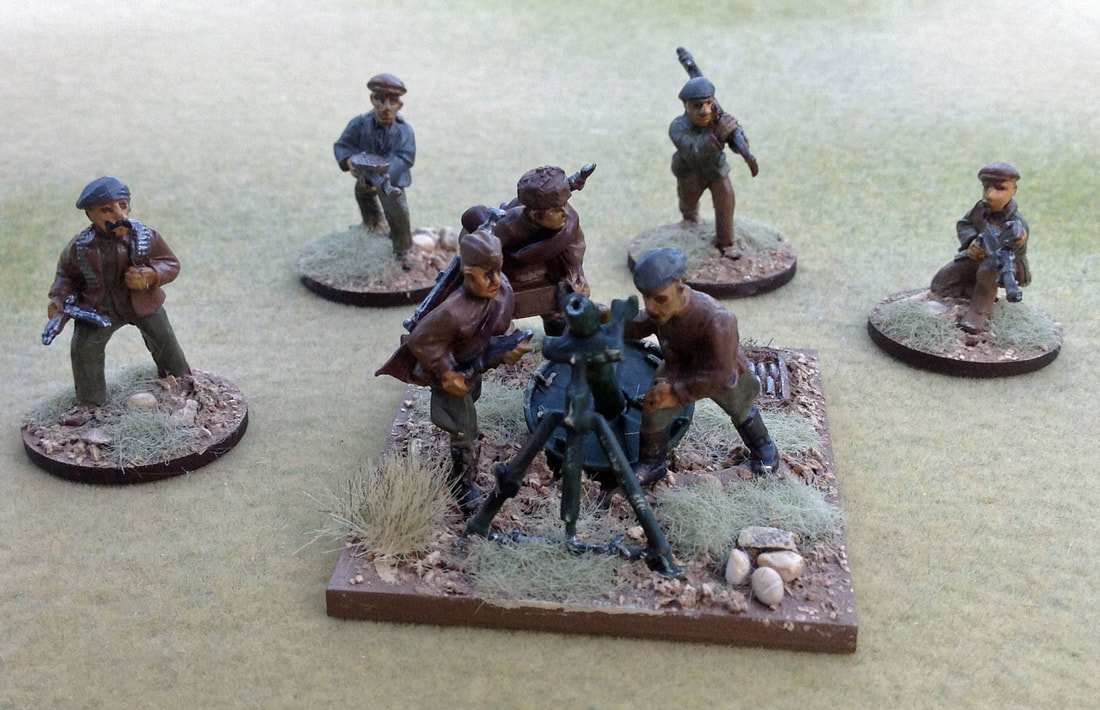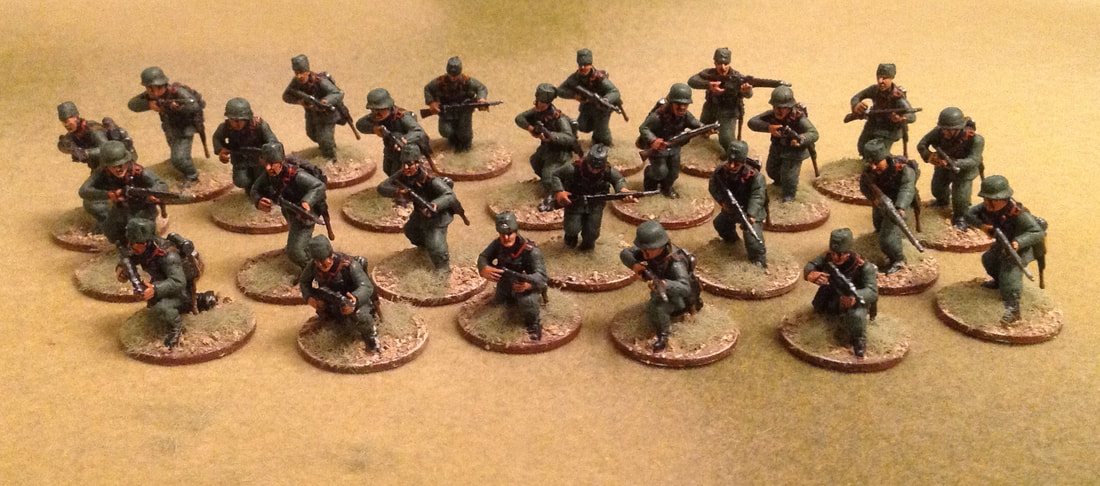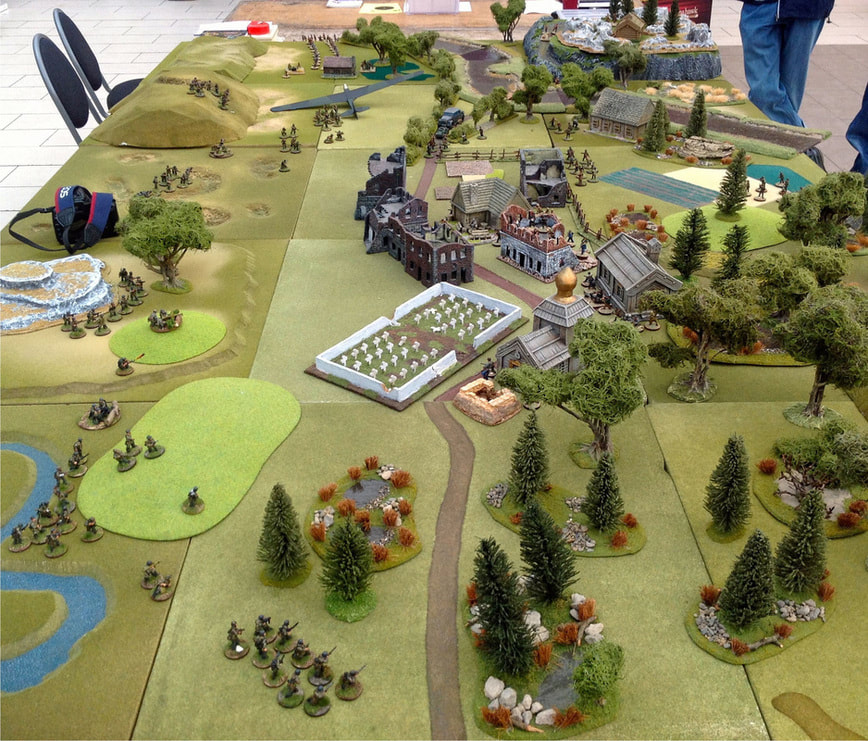- Home
- About
-
Travel
-
Features
- Dyrrachion1081
- Normans in the Balkans
- Manolada 1316
- Kosovo 1389
- Castles on the Danube
- Late Medieval Bosnian Army
- Doboj 1415
- Wallachian and Moldovan troops of the Napoleonic wars
- Anchialos 917
- Slovenian Borderlands
- The Zadruga and the Military Border
- Cretan War in the Adriatic
- Salonika 1916
- Uskoks of Senj
- Siege of Klis 1537
- Eugene in the Balkans
- Moldavian Surprise 1711
- Austro-Turkish War 1737-9
- Militargrenze
- Invading Ottoman Turkey
- Siege of Ragusa 1814
- Russo-Turkish War 1806-12
- Serbian Uprising 1815
- Ali Pasha
- Ottoman Army 1826
- Aleksinac 1876
- Shipka Pass
- Slivnitsa 1885
- Romanian Army 1878
- Austrian forts 19thC
- Kumanovo 1912
- Catalca Lines
- Adrianople 1912-13
- Kajmakcalan 1916
- The other 1918 campaign
- Macedonia air war WW1
- War of the Stray Dog
- Royal Yugoslavian armed forces
- Blunder in the Mountains
- Romanian SS
- Gebirgsjager in the Balkans
- Knights Move 1944
- Vis during WW2
- HLI in the Adriatic
- Adriatic Cruel Seas
- Dalmatian Bridgehead
- Cyprus 1974
- Transnistrian War
- Ottoman Navy Napoleonic wars
- Medieval Balkans
- Balkan lockdown quiz >
- Reviews
-
Armies
- Ancient Greeks
- Pyrrhic army of Epirus
- Dacian wars
- Goths
- Late Roman
- Comnenan Byzantine Army
- Normans
- Serbian medieval
- Albanian medieval
- Wallachian medieval
- Bosnian Medieval
- Catalan Company
- Polish 17C
- Austrian Imperialist
- Ottoman
- Austrian 18thC
- Russian Early 18thC
- Ottoman Napoleonic
- Greek Revolution
- 1848 Hungarian Revolution
- Russian Crimean war
- Romanian Army of 1877
- Ottoman 1877
- Russian 1877
- Balkan Wars 1912-13
- Macedonia WW1
- Greece WW2
- Italian Army WW2
- Gebirgsjager WW2
- Hungary WW2
- Turkey WW2
- Soviet Union WW2
- Bulgaria WW2
- Turkish Korean War Brigade
- Balkan Wars 1990s
- Links
- Books
Knights Move 1944
The Knights Move (Operation Rösselsprung) was a combined airborne and ground assault by the Germans on Tito’s headquarters at the Bosnian town of Drvar in May 1944. Operation Rösselsprung involved the 500th SS Parachute Battalion (Captain Rybka) making an air drop on the town while several ground force columns (XV Mountain Corps)converged on Drvar, supported by the Luftwaffe.
Tito's headquarters was located in a cave about one kilometer north of Drvar. The town was also the base for various Partisan and Communist Party organisations along with the Tito Escort Battalion. The British and Soviet military missions to the Partisans and some US Officers were also based near the town. The British mission was led by Fitzroy MacLean, who was away at the time, but included Winston Churchill’s son Major Randolph Churchill. Around Drvar, there were between 12,000 and 16,000 Partisans who would engage with the ground assault, including the elite 1st and 6th Proletarian Divisions, six kilometers east of Drvar. The Partisan 5th and 8th Corps where respectively north and south of the town.
The German ground forces of von Leyser's XV Mountain Corps were reinforced by 202nd Panzer Battalion, the reconnaissance battalions of the 1st Mountain Division and 369th (Croatian) Infantry Division, and most of 7th SS Mountain Division Prinz Eugen. The plan was for a heavy aerial bombardment of Drvar, followed by a parachute and glider assault by 500th SS Parachute Battalion who aimed to capture or kill Tito and destroy his headquarters. Faulty German intelligence failed to clearly identify the cave as the headquarters and partisan intelligence downplayed the risk of a parachute attack.
On 25 May, over 400 Luftwaffe sorties bombed the town and the SS Parachute Battalion landed fairly close to their objectives. By accident one glider landed close to Tito’s cave, but was overwhelmed by his escort battalion. The paras fairly quickly secured the town despite resistance from communist organisations based there However, they realised that the fiercest response was north of the town near the cave, so Rybka reorganised his forces and at 10:30am attacked the mouth of the cave. They reached the base of the hill, but suffered severe casualties and were running low on water. Meanwhile, surrounding Partisan forces rushed towards Drvar including three battalions of the 3rd Proletarian Brigade of the 1st Proletarian Division from the southeast. Around 11:15am Tito escaped from the cave and moved to the village of Potoci.
The second wave of paras landed to the west of the cemetery at around midday and suffered casualties from the newly arrived partisan units. Rybka mounted a second attack, but it failed due to the strength of partisan forces and he withdrew to the cemetery position. Partisans counterattacked the cemetery throughout the night, but the Germans held on.
During 25 May, the ground forces of XV Mountain Corps advanced slowly due to unexpected resistance from the Partisan 1st, 5th and 8th Corps along with several Allied air attacks from the newly formed Balkan Air Force, based in Italy. However, recognising that they would eventually breakthrough, Tito ordered a withdrawal from Drvar. At 7am on 26 May, the paras established radio contact with reconnaissance elements of German ground forces, but it was not until 12:45pm that the 92nd Motorised Grenadier Regiment reached Drvar and relieved them.
The British mission regained radio contact, organising a major air intervention and a diversionary raid on the island of Brac. Tito was persuaded to evacuate to Italy, but was quickly back on the allied island base at Vis. Although his headquarters was temporarily disrupted and key staff lost, they quickly re-located and resumed operations. Drvar was reoccupied within a few weeks.
The 500th SS Parachute Battalion lost 576 killed and 48 wounded leaving only 200 men fit to fight on the morning of 26 May. It remained the only SS parachute unit of the war, later changing its name to 600th SS Parachute Battalion. Operation Rösselsprung was its only combat parachute operation.
Further Reading
David Greentree, ‘Knight’s Move – The Hunt for Marshall Tito 1944’ in the Osprey Raid series. Good narrative of the operation together with many photographs and colour maps.
Osprey Warrior 73 covers Tito’s partisans and MAA 282 the Axis forces in Yugoslavia.
There are many allied memoirs of operations in Yugoslavia, of which Fitzroy MacLean’s are the most famous. For a German (or Austrian) perspective, I am currently reading Ben Shepherd’s, ‘Terror in the Balkan’s’. The Military Press publish, ‘Anti-Partisan Warfare in the Balkans 1941-45’, originally produced by the US army in 1954 with assistance from some of the German commanders.
There is a 1963 film, sadly not available in English or as a DVD that I can find.
Tito's headquarters was located in a cave about one kilometer north of Drvar. The town was also the base for various Partisan and Communist Party organisations along with the Tito Escort Battalion. The British and Soviet military missions to the Partisans and some US Officers were also based near the town. The British mission was led by Fitzroy MacLean, who was away at the time, but included Winston Churchill’s son Major Randolph Churchill. Around Drvar, there were between 12,000 and 16,000 Partisans who would engage with the ground assault, including the elite 1st and 6th Proletarian Divisions, six kilometers east of Drvar. The Partisan 5th and 8th Corps where respectively north and south of the town.
The German ground forces of von Leyser's XV Mountain Corps were reinforced by 202nd Panzer Battalion, the reconnaissance battalions of the 1st Mountain Division and 369th (Croatian) Infantry Division, and most of 7th SS Mountain Division Prinz Eugen. The plan was for a heavy aerial bombardment of Drvar, followed by a parachute and glider assault by 500th SS Parachute Battalion who aimed to capture or kill Tito and destroy his headquarters. Faulty German intelligence failed to clearly identify the cave as the headquarters and partisan intelligence downplayed the risk of a parachute attack.
On 25 May, over 400 Luftwaffe sorties bombed the town and the SS Parachute Battalion landed fairly close to their objectives. By accident one glider landed close to Tito’s cave, but was overwhelmed by his escort battalion. The paras fairly quickly secured the town despite resistance from communist organisations based there However, they realised that the fiercest response was north of the town near the cave, so Rybka reorganised his forces and at 10:30am attacked the mouth of the cave. They reached the base of the hill, but suffered severe casualties and were running low on water. Meanwhile, surrounding Partisan forces rushed towards Drvar including three battalions of the 3rd Proletarian Brigade of the 1st Proletarian Division from the southeast. Around 11:15am Tito escaped from the cave and moved to the village of Potoci.
The second wave of paras landed to the west of the cemetery at around midday and suffered casualties from the newly arrived partisan units. Rybka mounted a second attack, but it failed due to the strength of partisan forces and he withdrew to the cemetery position. Partisans counterattacked the cemetery throughout the night, but the Germans held on.
During 25 May, the ground forces of XV Mountain Corps advanced slowly due to unexpected resistance from the Partisan 1st, 5th and 8th Corps along with several Allied air attacks from the newly formed Balkan Air Force, based in Italy. However, recognising that they would eventually breakthrough, Tito ordered a withdrawal from Drvar. At 7am on 26 May, the paras established radio contact with reconnaissance elements of German ground forces, but it was not until 12:45pm that the 92nd Motorised Grenadier Regiment reached Drvar and relieved them.
The British mission regained radio contact, organising a major air intervention and a diversionary raid on the island of Brac. Tito was persuaded to evacuate to Italy, but was quickly back on the allied island base at Vis. Although his headquarters was temporarily disrupted and key staff lost, they quickly re-located and resumed operations. Drvar was reoccupied within a few weeks.
The 500th SS Parachute Battalion lost 576 killed and 48 wounded leaving only 200 men fit to fight on the morning of 26 May. It remained the only SS parachute unit of the war, later changing its name to 600th SS Parachute Battalion. Operation Rösselsprung was its only combat parachute operation.
Further Reading
David Greentree, ‘Knight’s Move – The Hunt for Marshall Tito 1944’ in the Osprey Raid series. Good narrative of the operation together with many photographs and colour maps.
Osprey Warrior 73 covers Tito’s partisans and MAA 282 the Axis forces in Yugoslavia.
There are many allied memoirs of operations in Yugoslavia, of which Fitzroy MacLean’s are the most famous. For a German (or Austrian) perspective, I am currently reading Ben Shepherd’s, ‘Terror in the Balkan’s’. The Military Press publish, ‘Anti-Partisan Warfare in the Balkans 1941-45’, originally produced by the US army in 1954 with assistance from some of the German commanders.
There is a 1963 film, sadly not available in English or as a DVD that I can find.
Wargaming
My wargame club used this scenario for one of our display games in 2013 using Bolt Action rules in 28mm. Both the landings and the ground operations offer possibilities. Partisan forces used mostly civilian dress and Warlord (Bolt Action) has a good range - although Soviet, Italian and British figures can be adapted to represent the varied uniform sources. The Germans of course benefit from many ranges. Peter Pig can provide everything you need in 15mm.
My wargame club used this scenario for one of our display games in 2013 using Bolt Action rules in 28mm. Both the landings and the ground operations offer possibilities. Partisan forces used mostly civilian dress and Warlord (Bolt Action) has a good range - although Soviet, Italian and British figures can be adapted to represent the varied uniform sources. The Germans of course benefit from many ranges. Peter Pig can provide everything you need in 15mm.
